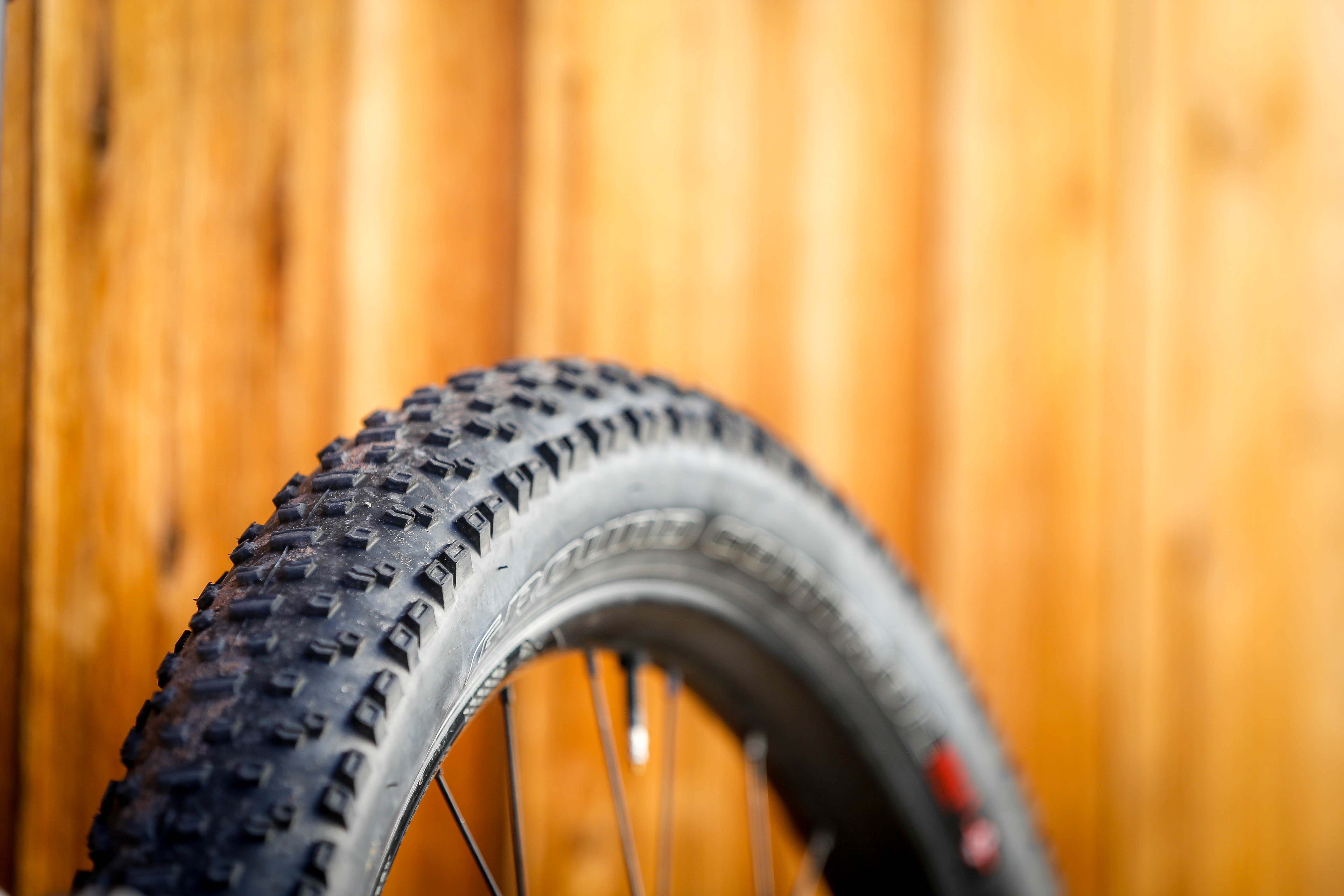It hardly takes a genius to work out that it’s going to be quicker climbing with pedal assist than without. But by how much?
Well, a fifteen-minute climb on a e-mtb takes about half the time with pedal assist. So just think, on such a climb you’d get seven dh runs per hour on an e-mtb whilst the standard bike would get you about three factoring in a minute breather on the top of each two to three minute descent. What the numbers do not tell you is the that there can be less fatigue involved with the e-mtb so therefore technically more proficient descending is more likely.
“more uphills = more downhills”
More than this, what the numbers also do not account for is the angle of slope and it’s here where big differences are involved not only between e-mtb and mtb bikes but also between the e-mtb’s and the power mode. The Hai downhill bike struggled on the really steep terrain, the kind of terrain where even Sram Eagle nearly ran out of steam. It was here where the Trek excelled.
But it’s not quite that simple. What the testing showed was how important gearing was between the bikes and also the gradient. On one short, but very steep climb (the kind where pedalling was just about on the limits of possibility for the tester) the Powerfly was by far the quickest. We believe this was largely due to gearing and available modes. The Powerfly in Turbo mode was more than twenty seconds quicker than in Tour mode, but both quicker than any of the other bikes on test. The Trek could climb in second and third gear in ‘Turbo’ but only first and second gears in ‘Tour’ mode on our super steep challenge.









